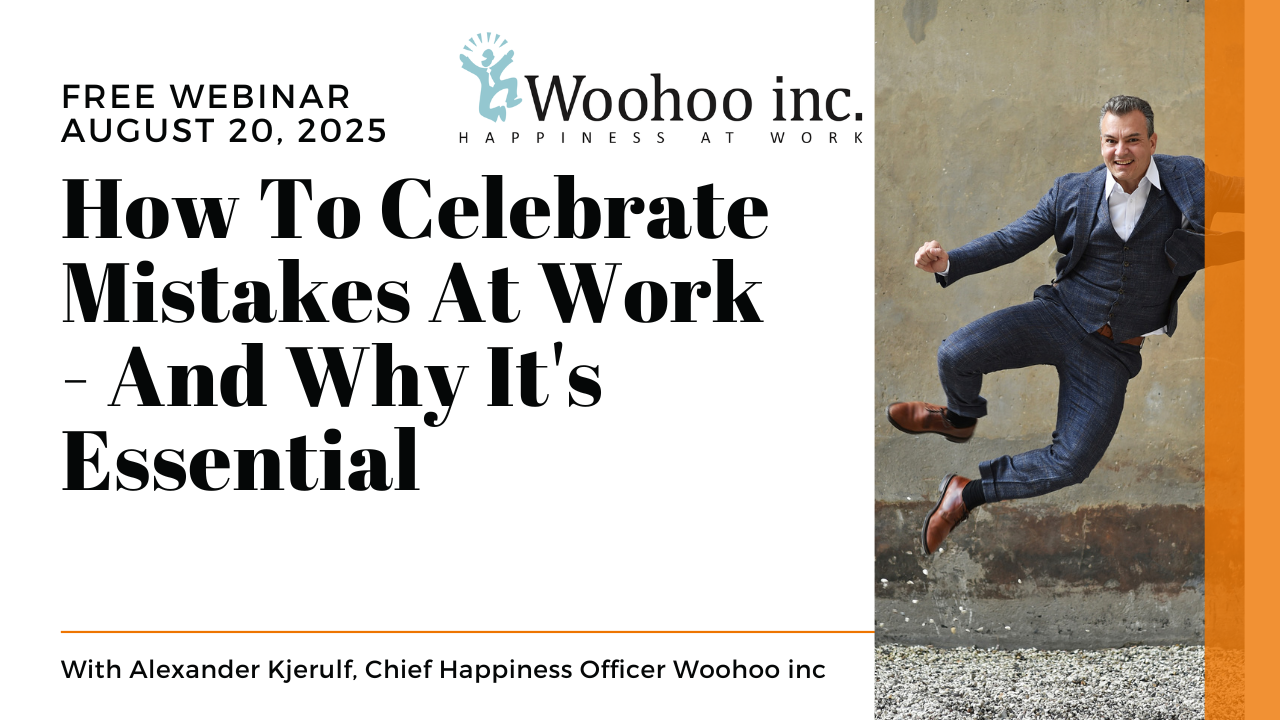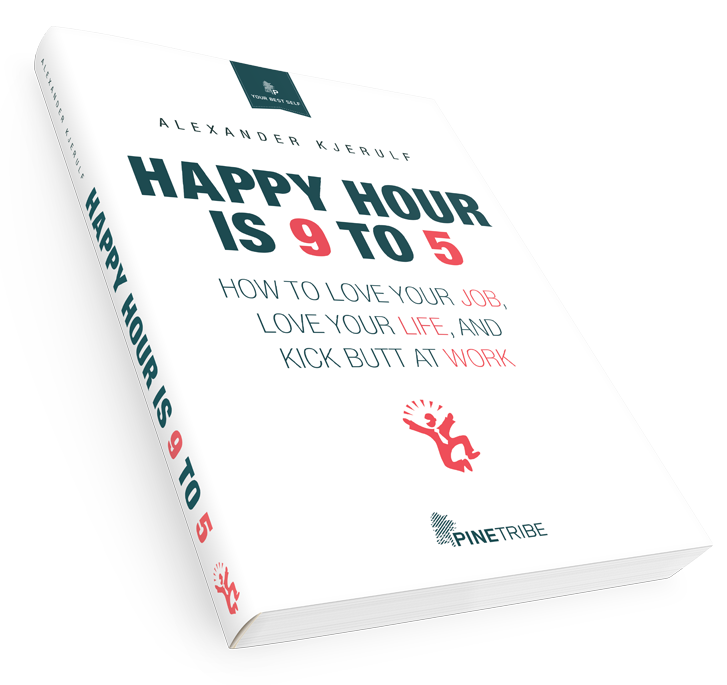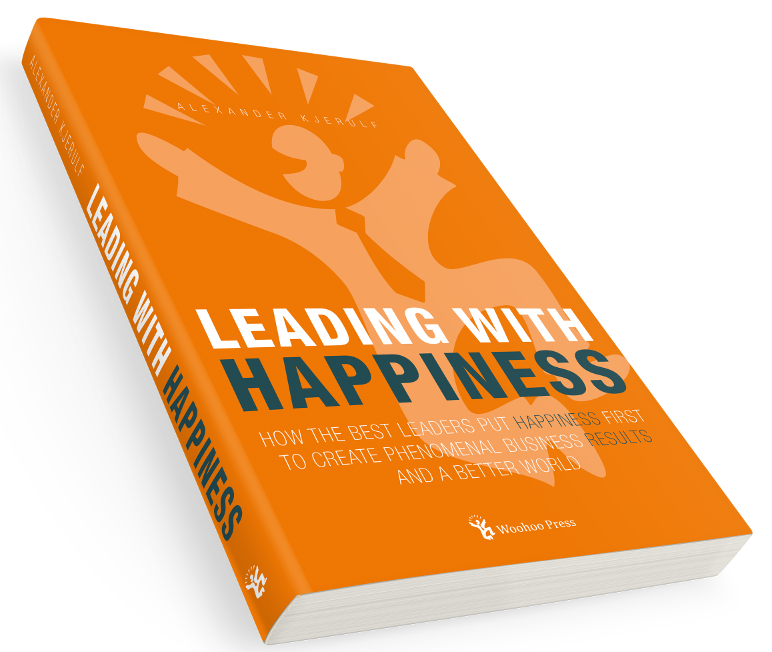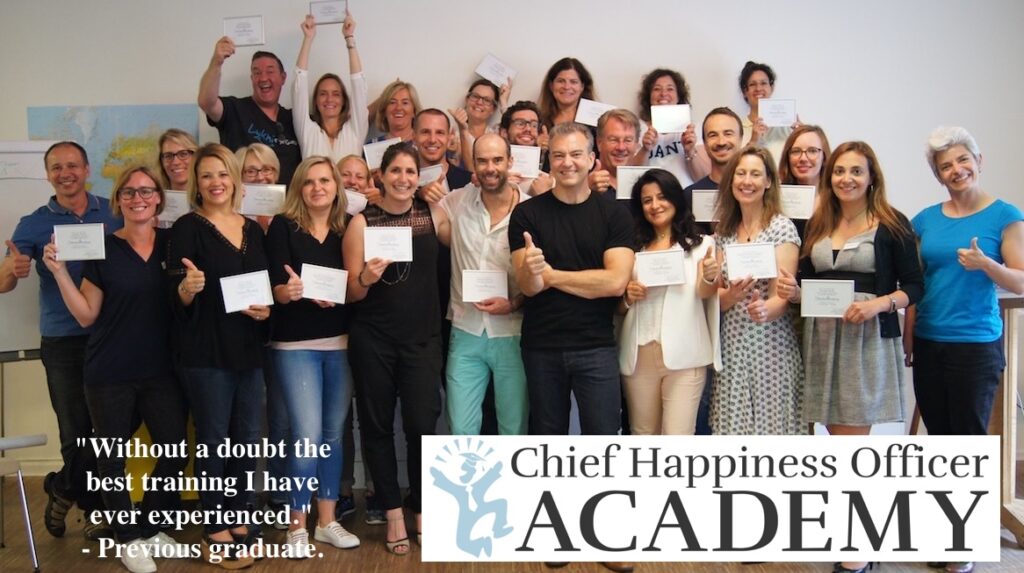This book had, and still has, me thinking hard. What is life? What is death? Are some lives worth more than others? When is it ethically correct to take innocent human life? I found myself having to reconsider all my previous answers to these questions, and while I still can’t get my mind around the radical new ethic that Singer proposes in the last part of the book (also the most provocative part), I can definitely see that the man and the book has a point. The book WILL make you rethink life & death, it’s very well written, very clearly thought out, very well presented and (astonishingly for a philosophical work) highly readable.
It used to be obvious when a person was alive or dead, but as so often happens, new technology forces us to reevaluate existing ethics. TO mention just a few examples, respirators (invented right here in Copenhagen) allow us to keep people alive who would otherwise have died; we can now freeze eggs, sperm cells and even embryos and revive them later; and the increasing succes rate of organ transplants create an impetus to take organs from a still living body – thus killing the donor.
In Rethinking Life & Death, The Collapse of Our Traditional Ethics, philosopher Peter Singer offers a wildly fascinating look at current medical practices in western society, and demonstrates how they already violate our traditional, judeo-christian based ethic of “the sanctity of life”, which states that human life is sacred, and that consequently it is always wrong to kill innocent human beings. At its most extreme, this ethic holds that abortion is murder, euthanasia is murder (even with the patient’s consent), and we can never allow a human to die even in the case of brain death or people in persistent vegetatice states (where the cortex, the seat of consiousness, has been destroyed).
Singer offers countless reasons why the belief that human life is sacrosanct leads to absurd choices, and succesfully demonstrates that even those who promote that view don’t follow it.
(more…)





